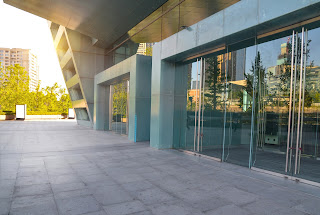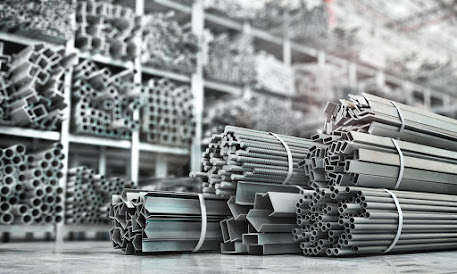Different Methods of Steel Structure Design
There are three different methods for steel structures design in USA, i.e., simple design, continuous design, and semi continuous steel design. Joints in structures are assumed to behave as either pinned or rigid to render design calculations manageable. In a simple design, the joints are idealized as perfect pins. The continuous design assumes that joints are rigid. As a result, no relative rotation of connected members occurs regardless of the applied moment. The overwhelming majority of styles administered today make one among these two assumptions. However, a more realistic alternative is now possible, understood as semi continuous design.
Methods of Steel Structure Design
1. Simple Design of Steel Structure
Simple design is that the most traditional approach and remains commonly used. It's assumed that no moment is transferred from one connected member to a different, apart from the nominal moments arising from eccentricity at joints. The structure's resistance to lateral loads and sway is typically ensured by the supply of bracing or, in some multi-storey buildings, by concrete cores. The designer must recognize the assumptions regarding joint response. It ensures that the detailing of the connections is such that no moments develop, which will adversely affect the structure's performance.
2. Continuous Design of Steel Structure
In continuous design, it's assumed that joints are rigid and transfer moments between members. The steadiness of the frame against sway is by frame action. Continuous design is complex compared to simple design. Therefore, the software is usually wont to analyze the frame. Realistic combinations of pattern loading should be considered when designing continuous structures. The connections between members must have different characteristics counting on whether the planning method for the frame is elastic or plastic. Inelastic design, the joints must possess sufficient rotational stiffness to ensure that the frame's distribution of forces and moments isn't significantly different from those calculated.
3. Semi-Continuous Design of Steel Structure
Semi continuous design is more complex than continuous or simple design because the real joint response is realistically represented. Therefore, analytical routines that closely follow truth connection behavior are highly involved and unsuitable for routine design, requiring sophisticated computer programs. However, two simplified procedures do exist for both braced and unbraced frames. Braced frames are those where a bracing system or a core provides the resistance to lateral loads; in unbraced frames, this resistance is generated by bending moments within the columns and beams.




Comments
Post a Comment